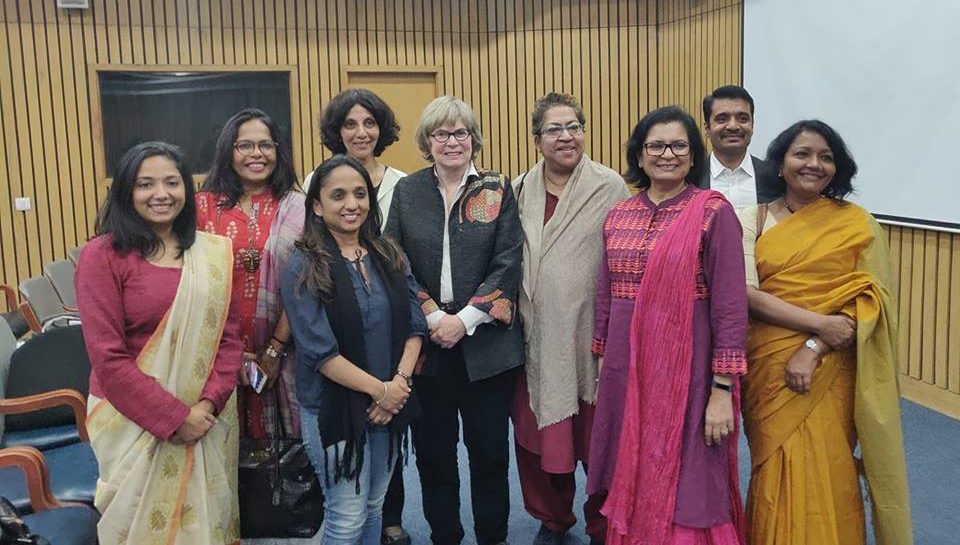
When you explore or explain a new concept, it is a simple practice to eliminate what the object of study is not. It is an effective practice but only in the beginning. Once you have eliminated what it is not, you need to start defining what it is.
When it comes to Indian food, it is easiest for people to say what it is not. Whether it is a resident Indian food writer or a non-resident Indian chef, everyone has a clear list of what it is not – it is not spicy, it is not curry, it is not one cuisine, it is not butter chicken, it is not vegetarian, it is not smelly.
Now, that we all know and repeated a zillion times what it is not, we need to explore what it is. Both sadly and gladly, there is no single or single group of food ambassadors who can do that. Though concerted effort is not exactly needed, aggregation of these different works needs to be done.
The most brilliant exposure to ‘what it is’ that I have encounted was at Tasting India Symposium this year. Someone talked about foraging and food of the kodavas, another talked of Dalit food, yet another talked of rice rituals, another one of Kashmiri food, of Mangalorean Christian food and so on and so forth. Within the space of one afternoon, you could listen to stories of cuisines; their past and present incarnations and the tentative future.
It will be my lasting grudge against Sourish Bhattacharyya that after putting together such a brilliant session, it was not opened to the public. But also thanks to him that I got to listen to these stories in the first place. I am sure that these are the lesser known stories that need telling. Rather than trying to find one pan-Indian expert or experts, we need to promote these hundred voices.